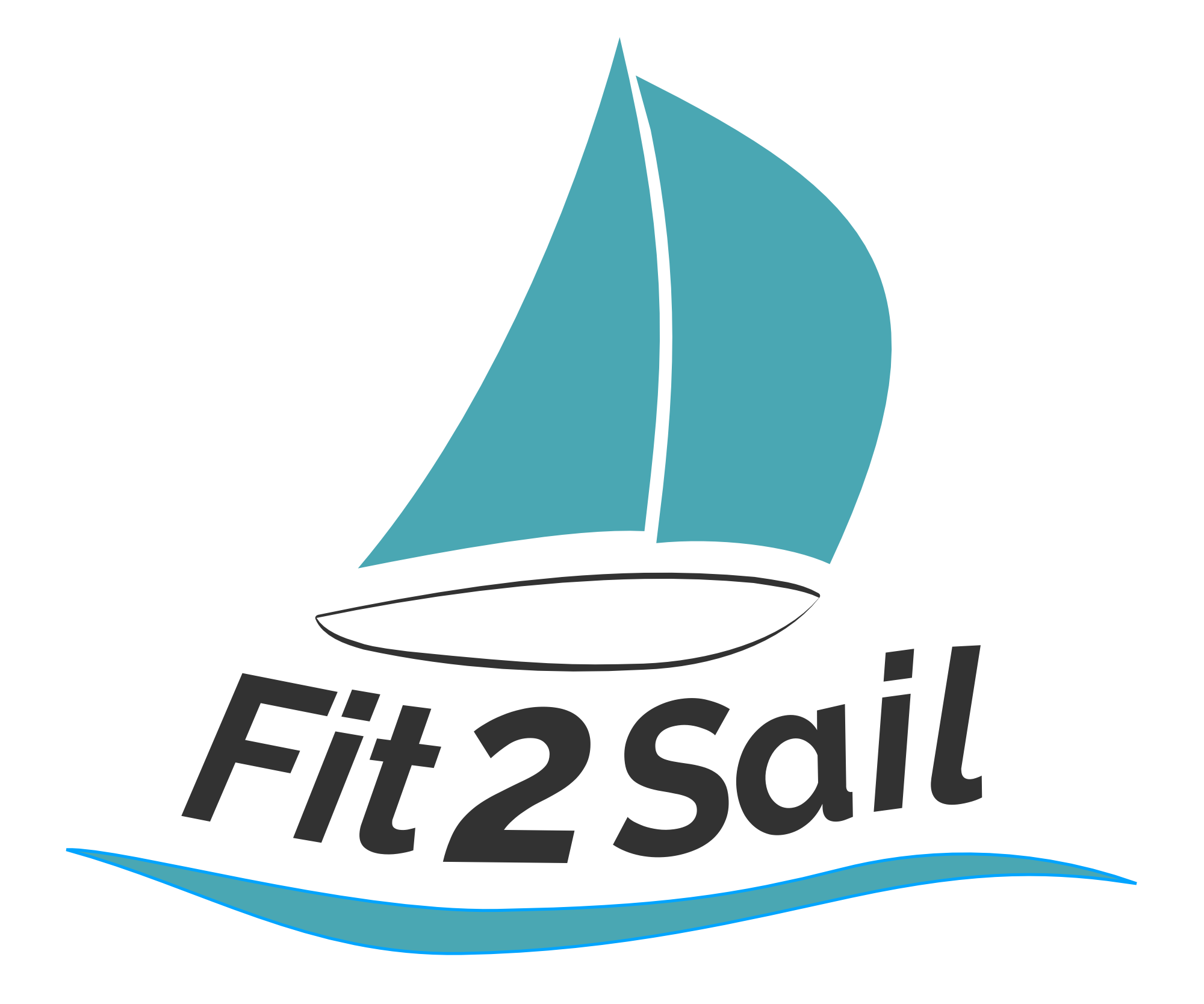On Pirates
Yes, piracy is a real thing. In certain specific parts of the world, it can be very dangerous to take your cruising boat and go visit willy nilly. There’s a reason we don’t fly the Jolly Roger from our masthead, and it’s not that we don’t enjoy the Johnny Depp movies.
Behan Gifford, over at Sailing Totem, has a great post about whether cruising is dangerous, including some good resources on how to research potential risks. She makes it clear that though there are “no go” places, just relying on the sensational headlines to assess the risks isn’t really valid.
When we cruised Venezuela, in the early 1990s, it was a vastly different place than it is now. It’s sad that it’s off the cruising menu, because it is a place of incredible beauty and rewarding exploration. We’d love to be able to go back. We have stories of provisioning runs that include swigging wine in the parking lot and discovering addictive olives stuffed with anchovies. One of my very favorite sailing days ever is the day we raised anchor under sail to leave Coche’s anchorage and spent the day ghosting along, slowly tacking in and out of picturesque bays at about 2 knots. Our final destination was only about 10 miles away; 5 hours later, we drifted in and set the hook under sail. Magic.
Another perfect Venezuelan bay
Still, the economic unrest in the country and the comparably massive amount of wealth displayed by even a small sailboat made us a bit on edge. Cruisers in one anchorage organized anchor watches after three separate boats lost dive gear one night; we first fitted locks inside the companionway when we were in Puerta La Cruz. Toby, our vocal beagle, slept on deck as the 4-legged version of a burglar alarm. It was in Venezuela that we got in the habit of hauling our dinghy and locking it, every night, and we never left the hose that connects the gas tank to the outboard in the dink when we went ashore.
We never felt unsafe, though, until friends of ours had a very scary experience in one of the spectacular bays along the mainland. They’d anchored overnight and in the morning the dad had taken his toddler daughter ashore for a beach explore, leaving the mom on the boat alone at anchor. Men wielding machetes jumped from the brush along the shore, grabbed the daughter and forced the dad to take them to the boat, where they took everything of value after tying up both parents. Thankfully, nobody was hurt in the incident, and the parents and child were reunited after a few hours. It did give us some pause about solo exploration, but we rationalized that our boat was tiny and the dog was loud.
Just a couple of days after that incident, we headed off from the mainland on our way to Bonaire, wanting to see Blanquilla before making our way to the Roques and Aves archipelagos. Friends were just a day behind us. We anchored in beautiful water, the only boat in an isolated anchorage, and slept under the stars.
In the morning, with friends still a few hours out, a rough-looking open boat came in and beelined straight towards us. Were we about to be attacked? I ducked below, ready to grab a flare gun. Jeremy calmed me down. "They probably need water or something,” he said, putting his hat and sunglasses on to go on deck.
I hid in the cabin, heart pounding, as I listened to the creak of the wooden hull against ours, the slow cadence of Jeremy’s voice alternating with the faster paced Spanish of the other boaters. After an initial barking frenzy, Toby had quieted down.
“Hey, Nics. Can you get some Advil? They’re not feeling well and wondered if we have anything that might help with a headache.”
The next day, our pirates came by with an invitation to come fishing, a thank you for the gift of a couple of pills of pain killer.
There are definitely places in the world where extra caution is advised. In general, though, if your approach is that people are at their core good people? You’ll be proven right time and time again.


